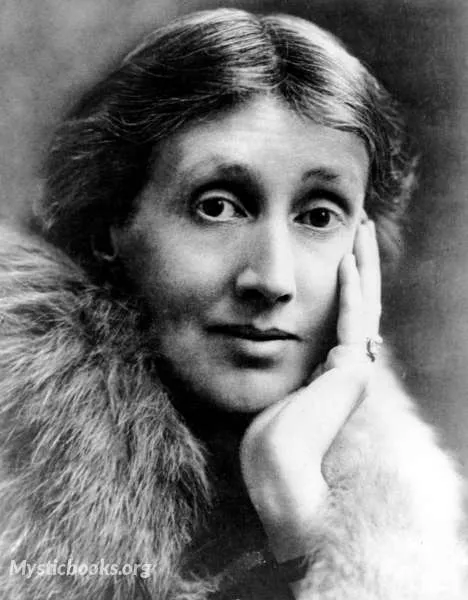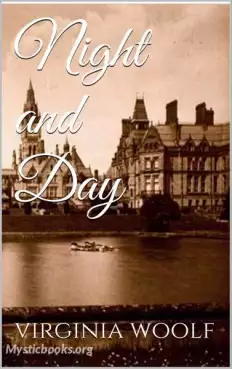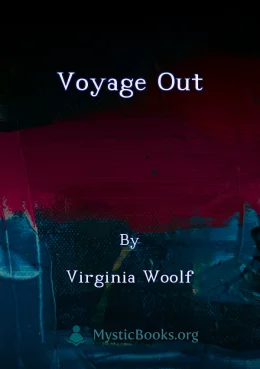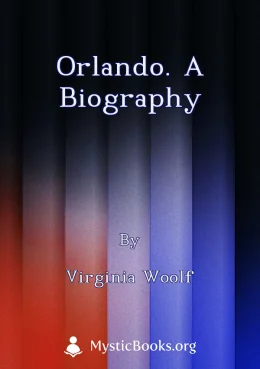
Timeline
Title
Country/Nationality
Virginia Woolf
Adeline Virginia Woolf was an English writer, considered one of the most important modernist 20th century authors and also a pioneer in the use of stream of consciousness as a narrative device.
Woolf was born into an affluent household in South Kensington, London, and the seventh child in a blended family of eight which included the modernist painter Vanessa Bell. Her mother was Julia Prinsep Jackson and her father Leslie Stephen. While the boys in the family received college educations, the girls were home-schooled in English classics and Victorian literature. An important influence in Virginia Woolf's early life was the summer home the family used in St Ives, Cornwall, where, in the late 1890s, she first saw the Godrevy Lighthouse, which was to become central to her novel To the Lighthouse (1927).
Woolf's childhood came to an abrupt end in 1895 with the death of her mother and her first mental breakdown, followed two years later by the death of her half-sister and a mother figure to her, Stella Duckworth. From 1897 to 1901, she attended the Ladies' Department of King's College London, where she studied classics and history and came into contact with early reformers of women's higher education and the women's rights movement. Other important influences were her Cambridge-educated brothers and unfettered access to her father's vast library.
Encouraged by her father, Woolf began writing professionally in 1900. Her father's death in 1904 caused Woolf to have another mental breakdown. Following his death, the Stephen family moved from Kensington to the more bohemian Bloomsbury, where they adopted a free-spirited lifestyle. It was in Bloomsbury where, in conjunction with the brothers' intellectual friends, they formed the artistic and literary Bloomsbury Group.
In 1912, she married Leonard Woolf, and in 1917 the couple founded the Hogarth Press, which published much of her work. They rented a home in Sussex and moved there permanently in 1940. Throughout her life, Woolf was troubled by her mental illness. She was institutionalized several times and attempted suicide at least twice. Her illness may have been bipolar disorder, for which there was no effective intervention during her lifetime. In 1941, at age 59, Woolf died by drowning herself in the River Ouse at Lewes.
During the interwar period, Woolf was an important part of London's literary and artistic society. In 1915 she published her first novel, The Voyage Out, through her half-brother's publishing house, Gerald Duckworth and Company. Her best-known works include the novels Mrs Dalloway (1925), To the Lighthouse (1927), and Orlando (1928). She is also known for her essays, including A Room of One's Own (1929), in which she wrote the much-quoted dictum, "A woman must have money and a room of her own if she is to write fiction."
Woolf became one of the central subjects of the 1970s movement of feminist criticism and her works have since garnered much attention and widespread commentary for "inspiring feminism". Her works have been translated into more than 50 languages. A large body of literature is dedicated to her life and work, and she has been the subject of plays, novels, and films. Woolf is commemorated today by statues, societies dedicated to her work and a building at the University of London.
Books by Virginia Woolf

Night and Day
Virginia Woolf is one of the most influential and controversial feminine figures in the literary life of the London society. Night and Day is one of her first novels published in 1919 which displays the moral and spiritual issues that people confront...

Monday or Tuesday
The slim book Monday or Tuesday offers an excursion into Virginia Woolf's early excursions in "stream of consciousness" writing she was to become famous for; including her so-termed "Moments of being," in a format of a collection of short stories mai...

Jacob's Room
Jacob's Room is the third novel by Virginia Woolf, first published on 26 October 1922. The novel centres, in a very ambiguous way, around the life story of the protagonist Jacob Flanders and is presented almost entirely through the impressions other...

Mrs. Dalloway
Mrs Dalloway is a novel by Virginia Woolf, published on 14 May 1925, that details a day in the life of Clarissa Dalloway, a fictional upper-class woman in post-First World War England. It is one of Woolf's best-known novels. The working title of Mrs...

To the lighthouse
Embark on an unforgettable journey through the pages of "To The Lighthouse" by Virginia Woolf. Written in 1927, this literary gem captures the essence of family dynamics, personal growth, and the intricacies of human emotions. Perfect for curious 13-...

Voyage Out
The Voyage Out is the first novel by Virginia Woolf, published in 1915 by Duckworth; and published in the U.S. in 1920 by Doran. One of Woolf's wittiest social satires.Rachel Vinrace embarks for South America on her father's ship and is launched on a...

Common Reader
The *Common Reader* is a collection of essays by Virginia Woolf, exploring a range of literary themes and authors. Woolf analyzes works from diverse periods and genres, revealing her insightful and nuanced perspective on the art of writing. The essa...

Orlando
Orlando is a fictional biography that follows the adventures of Orlando, a character who initially identifies as a male aristocrat but later transforms into a female. The novel explores themes of identity, gender fluidity, and the nature of time as O...

Orlando. A Biography
Orlando is a groundbreaking satirical novel that explores the nature of gender, identity, and time. The novel follows the life of Orlando, a young nobleman who lives through several centuries, changing gender along the way. Orlando's experiences prov...